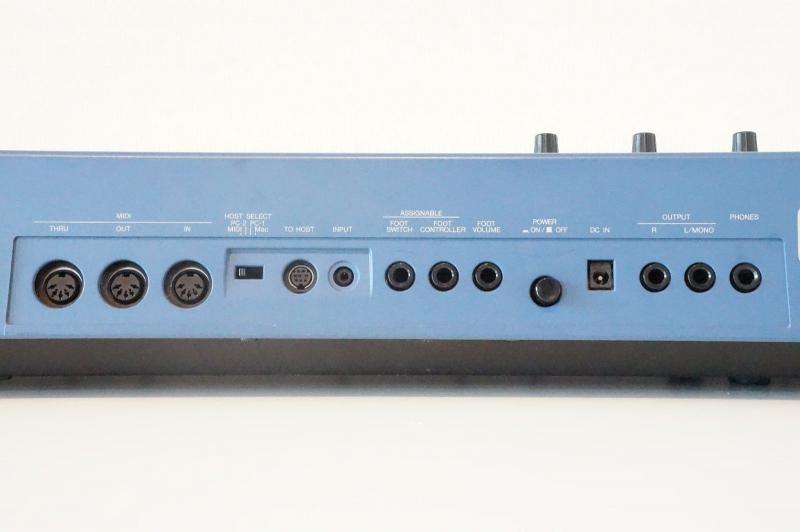

While Nord, Novation and the rest were reinventing the analogue wheel digitally, Yamaha simply and rather cleverly wrestled its ‘analogue’ out of existing AWM2 technology, layering four of those sounds together in Performance mode. Underneath that blue surface lay a very digital heart. And with a name like CS, those hands-on controls, and those swirling sounds, it certainly ticked all the analogue boxes, too.īut, really, CS1x was a bit of a fibber. With eight performance dials assigned to big filter and resonance parameters, plus an easy-to-implement arpeggiator, it did dance and it did it pretty well. Korg released its Prophecy monophonic performance synth (’Korg Blimey’ I said in my review) and then Yamaha took everyone by surprise, releasing the CS1x, that looked like an analogue synth – a blue one at that – for silly money.ĬS1x did everything us dance fans wanted and it did it for a fraction of a cost of those classic Rolands. But the bigger companies weren’t too far behind. It was the (then) smaller companies who realised that dance music had arrived and that it might stay around for a while, so the likes of Novation released the Bass Station to answer the huge demand for squelch, and Clavia released its virtual-analogue synth, the ‘Nord almighty’ Nord Lead.


 0 kommentar(er)
0 kommentar(er)
